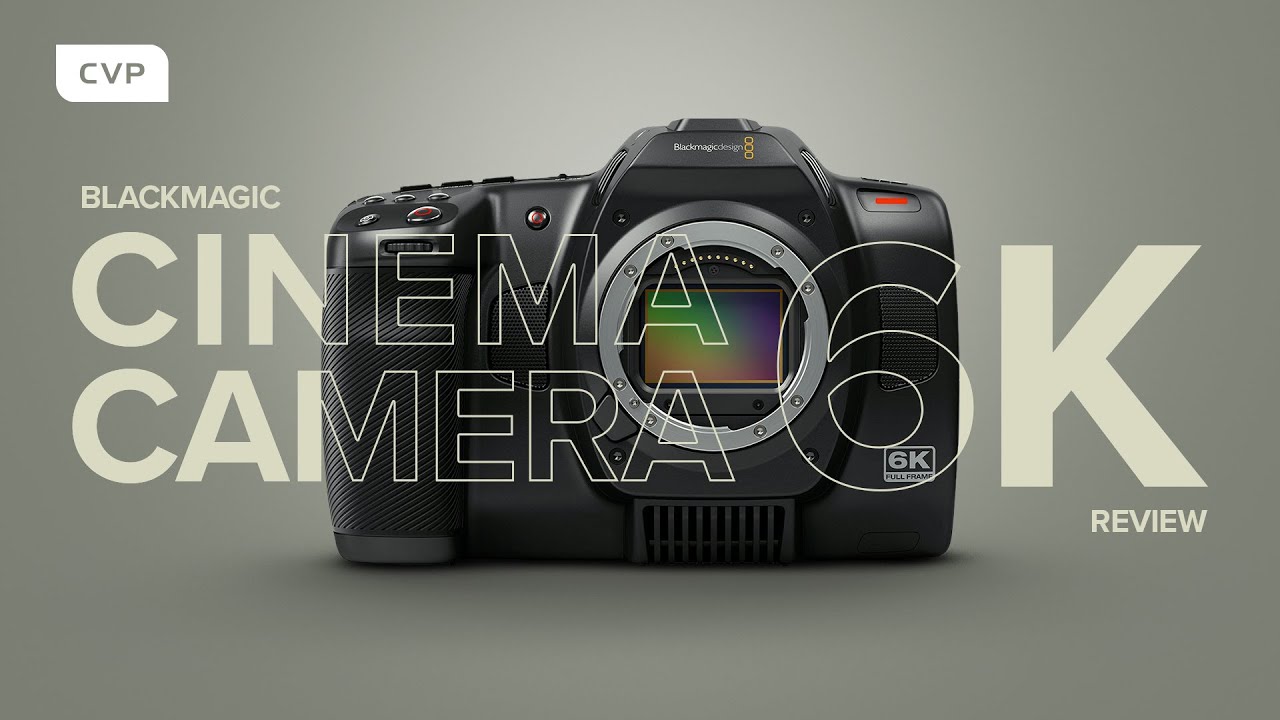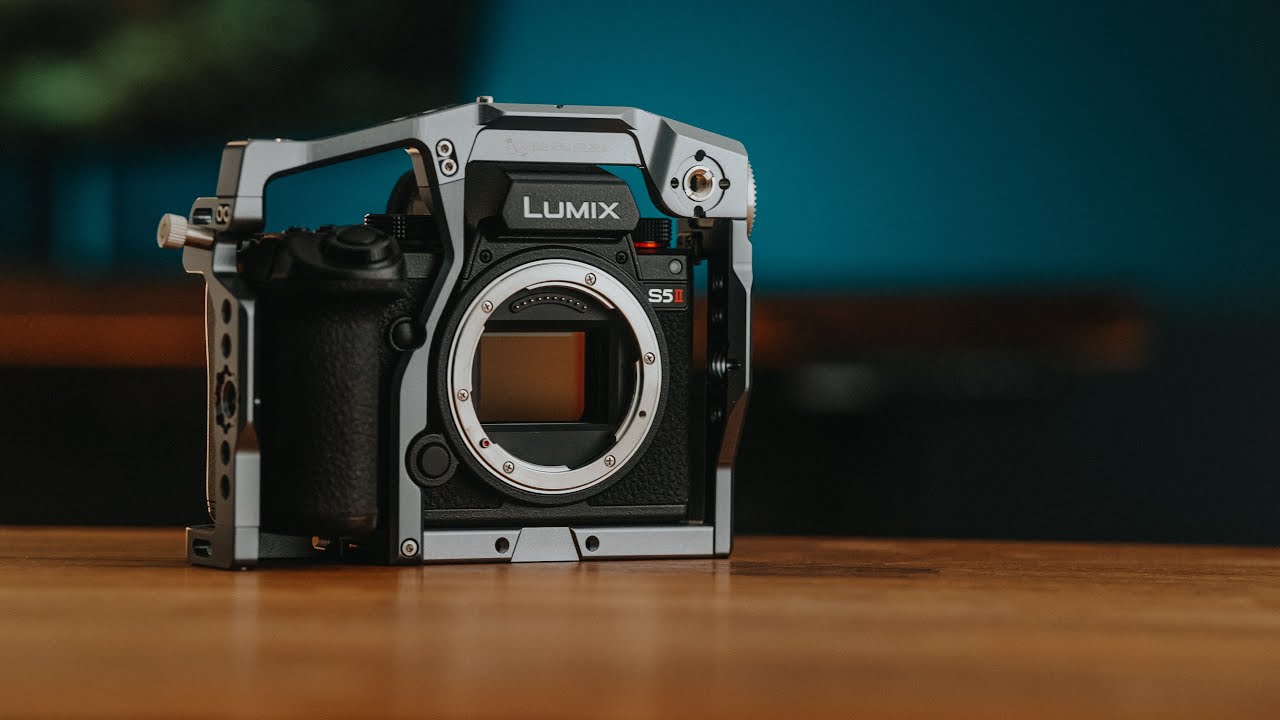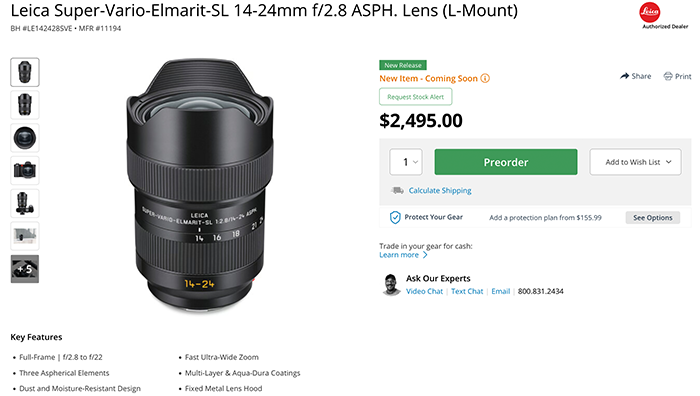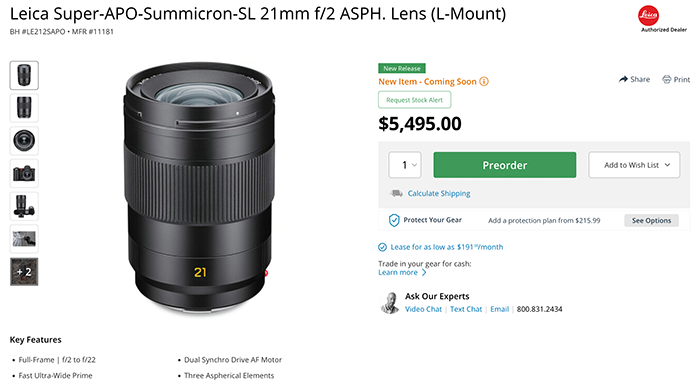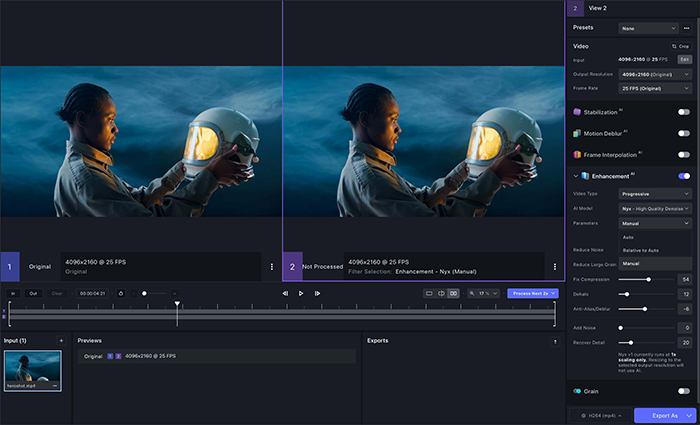New Topaz Video Ai brings new compare UI, 16x upscaling and more!
Topaz officially launched the new Video AI 4.0 (Click here to preorder with a $50 discount and see samples of all new features). I am an avid Topaz Photo Ai and Video AI user. With Video AI I was able to save an old documentary of mine where I only had a 720p file and upscaled it to 4k with impressive results. Also Photo Ai is incredible and I use it often. So definitely jump on it if you want to improve the quality of your photos/videos!
New features:
- Comparison views: apply different filters to Views 1 & 2 to compare them. Freely switch between reviewing input clips and previews to find the best settings possible for your video.
- Preview history: previews are tracked based on filter settings and shown grouped together on the video timeline.
- Zoomable timeline: take advantage of timeline zoom controls to hone in on smaller areas of a large video.
- In & Out Trim: replaced the “trim” edit mode with an In & Out option comparable to other video editing applications.
- Refreshed UI and filter icons: tighter more informational display.
- Nyx v2: improve results and 2x scaling mode.
- Significant performance improvements for the in-app video player.
- Crop controls moved to video input panel.
What you can do with Topaz Video Ai 4
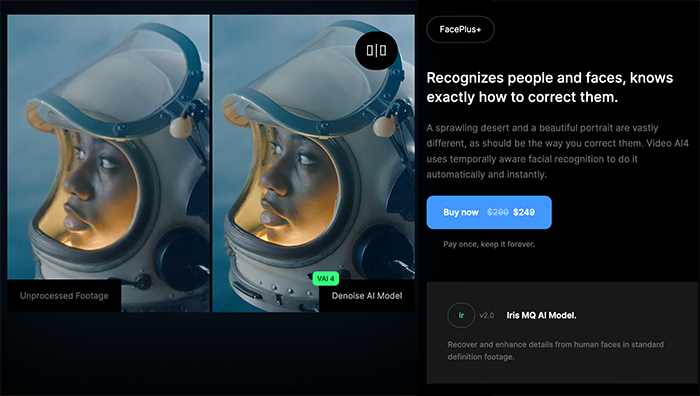
Video Enhancement
- Six Enhancement models trained for different types of quality improvement
- Automatic modes for fast and easy processing, or manual controls for fine-tuning output
- Intelligently detect and heal visual artifacts created by video compression
- Stack enhancement filters and process multi-step AI tasks in fewer clicks
- Options for deinterlacing at single frame rate or double frame rate
- Specific processing pipelines for interlaced and telecined content
- 2x scale mode enhances the sharpness and fidelity during the de-noise process
- Iris MQ for enhanced face recovery
- Custom mode for processing black-and-white video
- Custom mode for 3:2 pulldown/inverse telecine footage
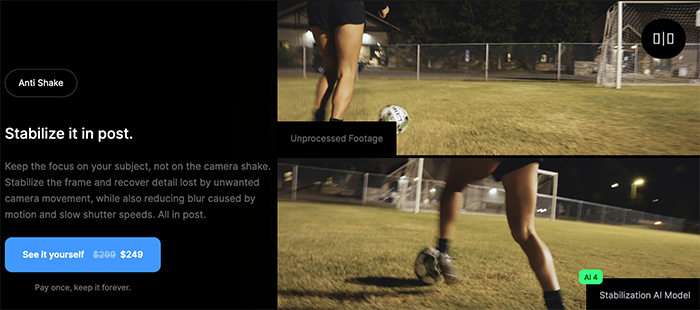
Video Stabilization
- Includes auto-crop & full-frame mode with video outpainting
- Additional options for rolling shutter correction and jitter compensation
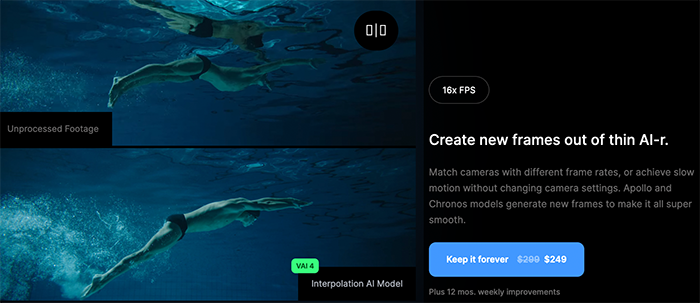
Frame Interpolation
- Up to 16x slow motion conversion using Apollo model
- Up to 120FPS interpolation using Chronos
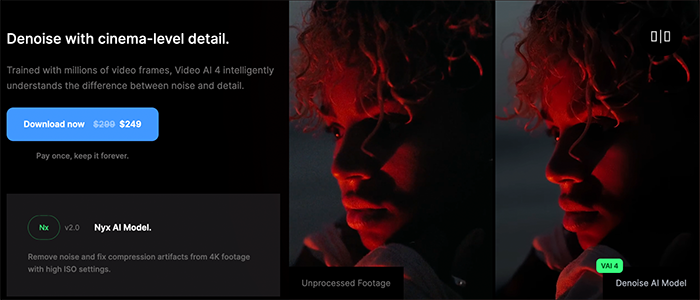
Motion Deblur
- Reduce the effect of low shutter speeds in fast-moving scenes
Extensive Export Options
- Create production-grade output using ProRes and Image Sequence export options to integrate Video AI into your existing workflows
- Preserve the original audio tracks from your footage, or choose between several conversion options to create the optimal output for your work
- Improved dynamic bitrate controls: The High setting for H264 and H265 exports has been adjusted to target a VMAF score of about 95, and is now the default setting for new installs of Video AI.
- Optimize visual quality and file size using Dynamic Bitrate Controls on supported codecs
- The lossless FFV1 codec is now available by default in the export options panel, and can be used at 4:2:0, 4:2:2, and 4:4:4 chroma subsampling levels.
Additional
- 50% speed gain on TensorRT-compatible GPUs
- Support for rotating videos 90, 180, and 270 degrees-corrects videos with missing metadata for rotation
- AV1 encoder for AMD 7000 series GPUs and 700 series integrated graphics
LUMIX is the second best-selling brand in France (in terms of units) and the brand with the highest year-on-year growth rate in Europe
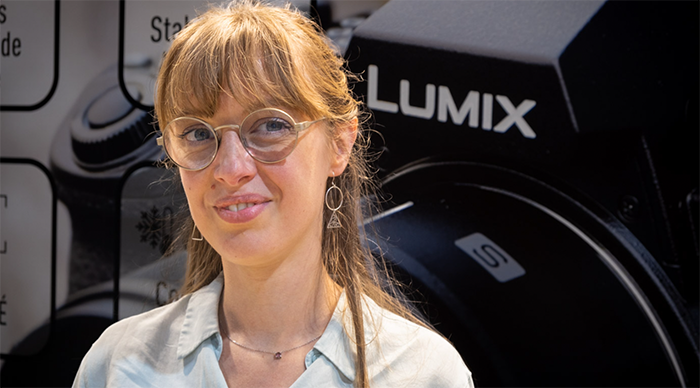
Phototrend had a chat with Mathilde Lécuyer, Photo/Video Product Manager at Panasonic France. Here is the google translated summary via Asobinet:
How do you see the situation of the French photo and video market in 2023?
- We’ve been talking about the balance between SLR and mirrorless cameras, but mirrorless cameras are pushing the market very strongly, and this is causing the market to return to growth.
- Although the market is decreasing slightly in terms of quantity (down approximately 5%), it is increasing in terms of value (up 6%).
- The full-size market is up 20%, and the non-full-size market is up 24% (GFK data).
- By the way, one in three cameras sold is mirrorless (all brands combined).
- In the full-frame mirrorless market, Panasonic already has a 22% share of the sub-2,500 euro camera market. In France, it accounts for 12% of sales.
- Overall, LUMIX is the second best-selling brand in France (in terms of units) and the brand with the highest year-on-year growth rate in Europe (+144% in the full-size segment thanks to LUMIX S5II and LUMIX S5IIX).
- This is because we offer all product segments (compact, bridge, Micro Four Thirds, full size) from amateur to expert.
- However, the camera market above 3,000 euros is not yet targeted. So while we’re only targeting half of the market at the moment, we don’t plan to stop there.
- If this number repeats with higher-end products over the next few years, we can expect a positive trend.
- The high reputation of expert compacts, especially Micro Four Thirds, has been very useful for full-size models as well.
- We have very big ambitions for full size. France is a priority market for Panasonic.
Is this the completion of the LUMIX S series?
- It’s unfinished.
- Panasonic engineers continue to develop bodies and lenses for both full-frame and Micro Four Thirds cameras.
- Our goal is not only to provide new equipment, but also new updates and to stay current with existing technology.
- The current priority is the more compact S5 series, which is in line with current demands.
What is the path to the top of the market?
- For a long time, products like the LUMIX GH4 and GH5 were revolutionary cameras, especially when it came to video.
- It’s important to give people access to technical capabilities that were previously exclusive to the highly professional and closed world of cinema.
- Our products, whether Micro Four Thirds or full size, are highly resistant to water, dust, and heat, and are extremely rugged.
- There are also differences in ergonomics and ease of use. With LUMIX, buttons and levers can be completely customized. Anything that makes shooting smoother saves time and money.
What is your feedback on LUMIX G9 II?
- The response to LUMIX G9 II was positive.
- The long-awaited feature of the LUMIX G9 II is the hybrid autofocus (phase difference and contrast), which was installed for the first time in the LUMIX S5 II and S5 IIX.
- Like its predecessor, it is extremely popular, especially for wildlife photography, and the new autofocus, coupled with 60fps continuous AFC shooting, brings great benefits.
- Potential Micro Four Thirds customers are looking for compactness, lightness, and ease of use. Above all, they are looking for an all-in-one still image/video camera.
- The LUMIX S5 II’s autofocus has been evolved to include a vehicle and animal eye detection function. More powerful and accurate.
- Early feedback suggests it’s a very reliable camera.
- This bodes very well for future full-size models.
Will LUMIX G9 II conflict with LUMIX GH6?
- They have a lot in common, especially when it comes to video.
- However, the LUMIX G9 II retains its DNA rooted in photography.
- The LUMIX G9 II is more photo-oriented, but can also shoot advanced videos. The LUMIX GH6 is definitely video-oriented, but it can also be used for photos.
- Today, users associate the GH series with cameras and even cinematography. In fact, the GH6 retains its uniqueness with RAW via HDMI output, built-in ProRes, and active ventilation. These are very specialized features for videographers, and not necessarily what LUMIX G9 II users are looking for.
Is there a risk that the LUMIX GH6 will be at a disadvantage because it does not support phase detection AF?
- It depends on how you use it.
- Many videographers will use MF and prefer internally recorded ProRes.
- If you’ve been dissatisfied with autofocus for a long time, you’ll probably choose the LUMIX G9 II.
- Although it does not have hybrid AF, the LUMIX GH6 is equipped with highly advanced DFD technology for contrast detection AF.
- There’s sure to be a camera that meets your needs.
- Our goal with the LUMIX G9 II was to bring together the best of both worlds, the ultimate photo and video (except full size) tool.
What does the future hold for Micro Four Thirds?
- The Micro Four Thirds mount not only has the advantage of being a small and lightweight system, but also has an extremely wide lineup of lenses.
- Including the Olympus lineup, there is a considerable number of lenses, and they are excellent in size, weight, and cost performance.
How do Micro Four Thirds and full size complement each other?
- Full-frame cameras are for people who need to shoot large print sizes or who work in low-light conditions. The same applies to people who want to obtain creamy bokeh.
- On the other hand, for non-professionals who want to cover all situations with one piece of equipment, the Micro Four Thirds is perfect.
- Additionally, many people change brands completely and come to our full-frame cameras. Having two different mounts (Micro Four Thirds and L mount) is not a problem.
- LUMIX S5 II and G9 II have the same ergonomics and switching from one to the other is very easy.
What’s next for L-Mount Alliance?
- The L-Mount Alliance is constantly evolving.
- The arrival of new players proves that this alliance makes sense and has many technical benefits.
(Translator’s note: I think he’s referring to newly joined Blackmagic and Samyang.) - Additionally, compatibility between different manufacturers is a big advantage. For example, videographers using Blackmagic cameras can use Leica lenses. All of this is achieved with stable image quality and autofocus.
- Furthermore, the L-Mount Alliance is not just an alliance of photo manufacturers, but also integrates optical equipment, cinema cameras, drones, and more. It’s a “multi-activity” complete ecosystem.
- Panasonic continues to develop lenses that expand the range of its lineup, including macro lenses and telephoto lenses.
- The company has been able to expand very quickly in the full-frame market, which it has only been in for four years.
- The LUMIX S5 II and S5 IIX are off to a great start and, like all hit models launched in recent years, have achieved very sustained sales.
- The same goes for lenses, and if you count only the “original” lenses from the L-Mount Alliance, 66 lenses have already been sold.
- Also, the emergence of new players like Laowa and Samyang proves that this environment is both developing and sustainable.
(Translator’s note: I don’t think LAOWA is an alliance, but I don’t know if I said it wrong or if I got ahead of myself.)
What does the future hold for expert compacts?
- It is necessary to distinguish between new product development and sales. The compact market has collapsed globally as a result of parts shortages due to Covid19. As a result, the life cycle of compact products came to a natural halt.
- As a result, all brands, including Panasonic, have decided not to update certain models.
- However, Panasonic is still the number one brand for compacts and bridges and has been successful in delivering products.
- Even though demand has slowed, sales of these products are increasing thanks to the disappearance of competitors.
- However, only the mirrorless market is growing. Also, experienced users tend to prefer small bodies with interchangeable lenses over expert compacts.
- Note: At least the fixed lens LUMIX for the domestic market is now a complete product.
Are you planning to release an S5R with a higher resolution sensor than the S5II?
- As I said earlier, we have very big ambitions in full size.
- We continue to develop products to expand our range. Inevitably, new full-size and Micro Four Thirds products will appear.
Preorders now open: Preview of the new impressive(!) Luminar Neo with Generative AI tools
On October 28 Luminar will launch the new NEO software with built-in Generative AI tools. Now you can check out the features and preorder the software with a discount (preorder here).
I know this isn’t a future many of us do like…but it’s an inevitable technology we all have to learn to adapt with!
Panasonic Releases Firmware Version 2.2 for S5II & Version 1.3 for S5IIX
Panasonic has announced that the company will release a new firmware update program for its LUMIX S5II and S5IIX cameras to enhance performance and usability. The firmware program will be available to download free of charge from the LUMIX Global Customer Support website https://panasonic.jp/support/global/cs/dsc/ on 24 October 2023.
Panasonic continues its philosophy of continuous improvement through the implementation of future-ready firmware solutions for its mirrorless cameras to deliver innovation and value for its customers.
S5II Firmware Version 2.2 / S5IIX Firmware Version 1.3
· AF-Point Scope function
AF-Point Scope function to magnify the focus position during AF has been added.
· High Resolution Mode
The shutter speed at high resolution mode can now be set to max. 8-second with the long exposure noise reduction applied. Thanks to the image stabilizer, [Handheld High-Res] mode has been added to enable recording pictures with higher resolution even without using a tripod.
·
Improved MF Assist
It is now possible to magnify the full screen mode display in MF Assist up to approx. 20x allowing more precise MF.
•Other trademarks and trade names are those of their respective owners.
•All functions may not be available depending on the situation.
•Design and specifications are subject to change without notice.

